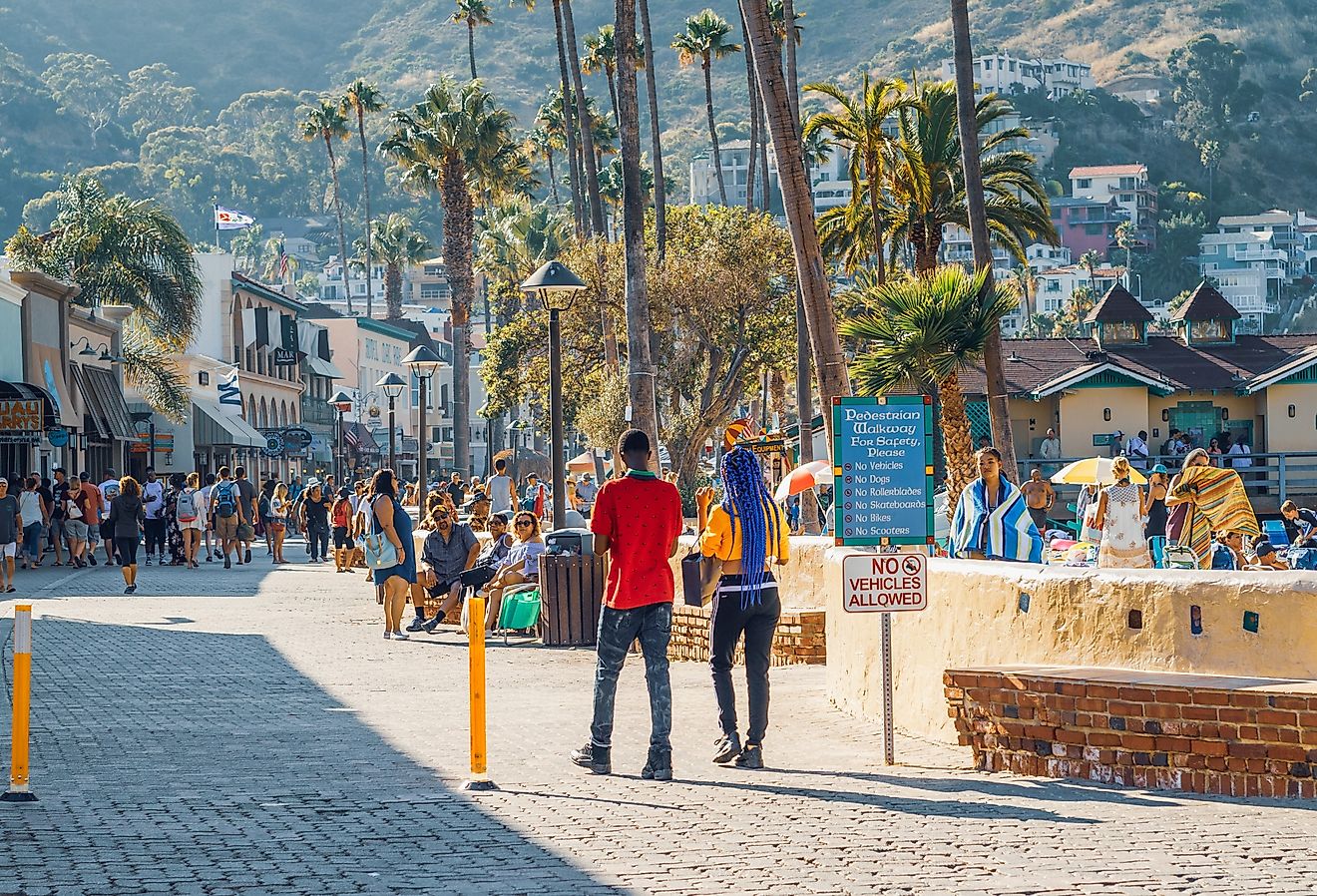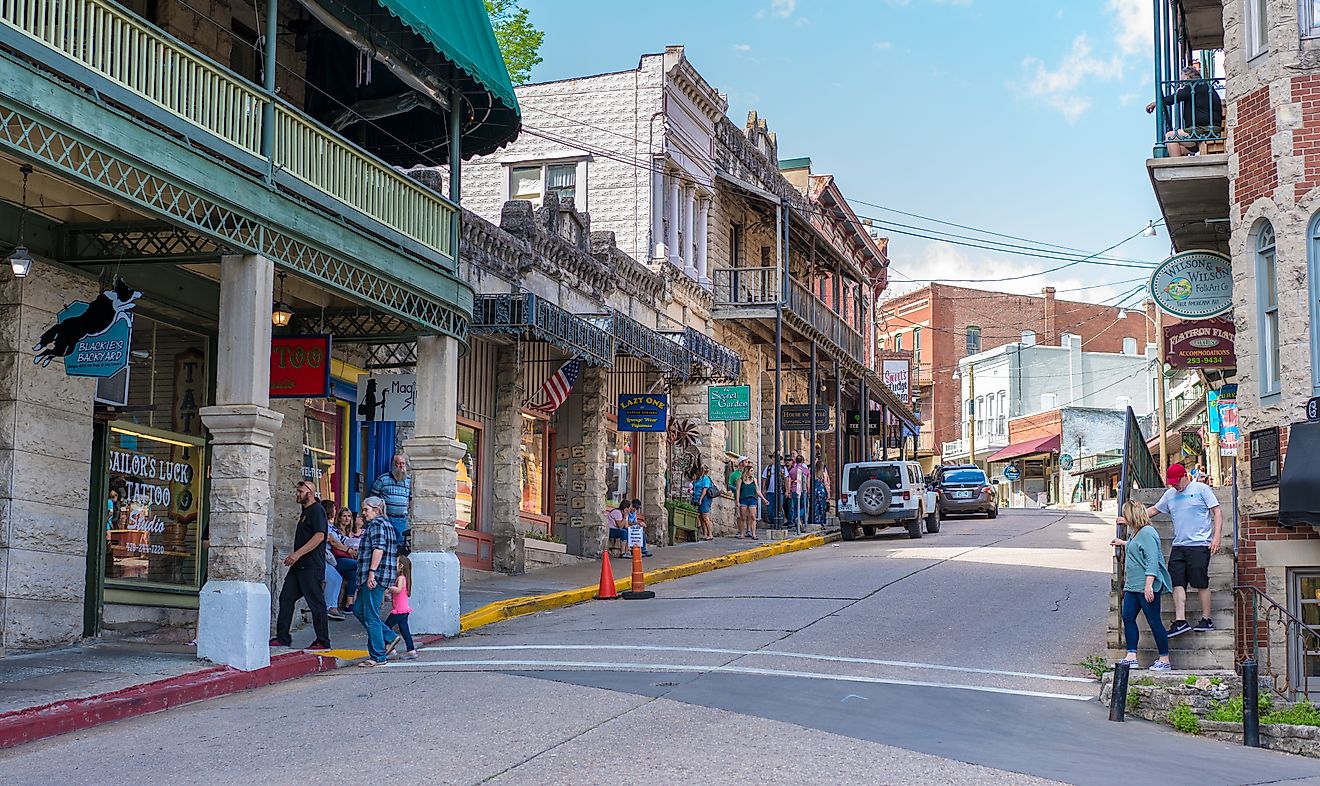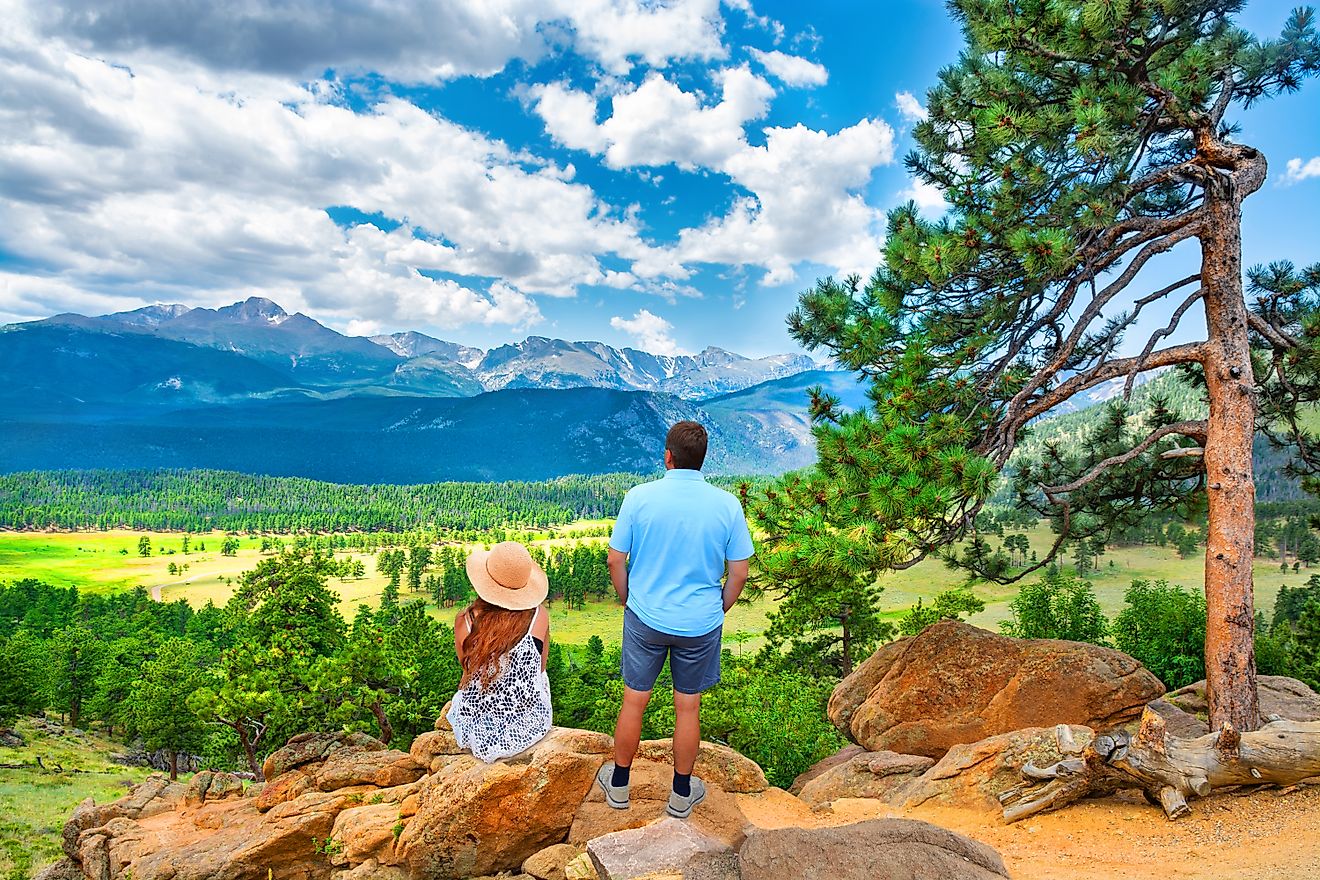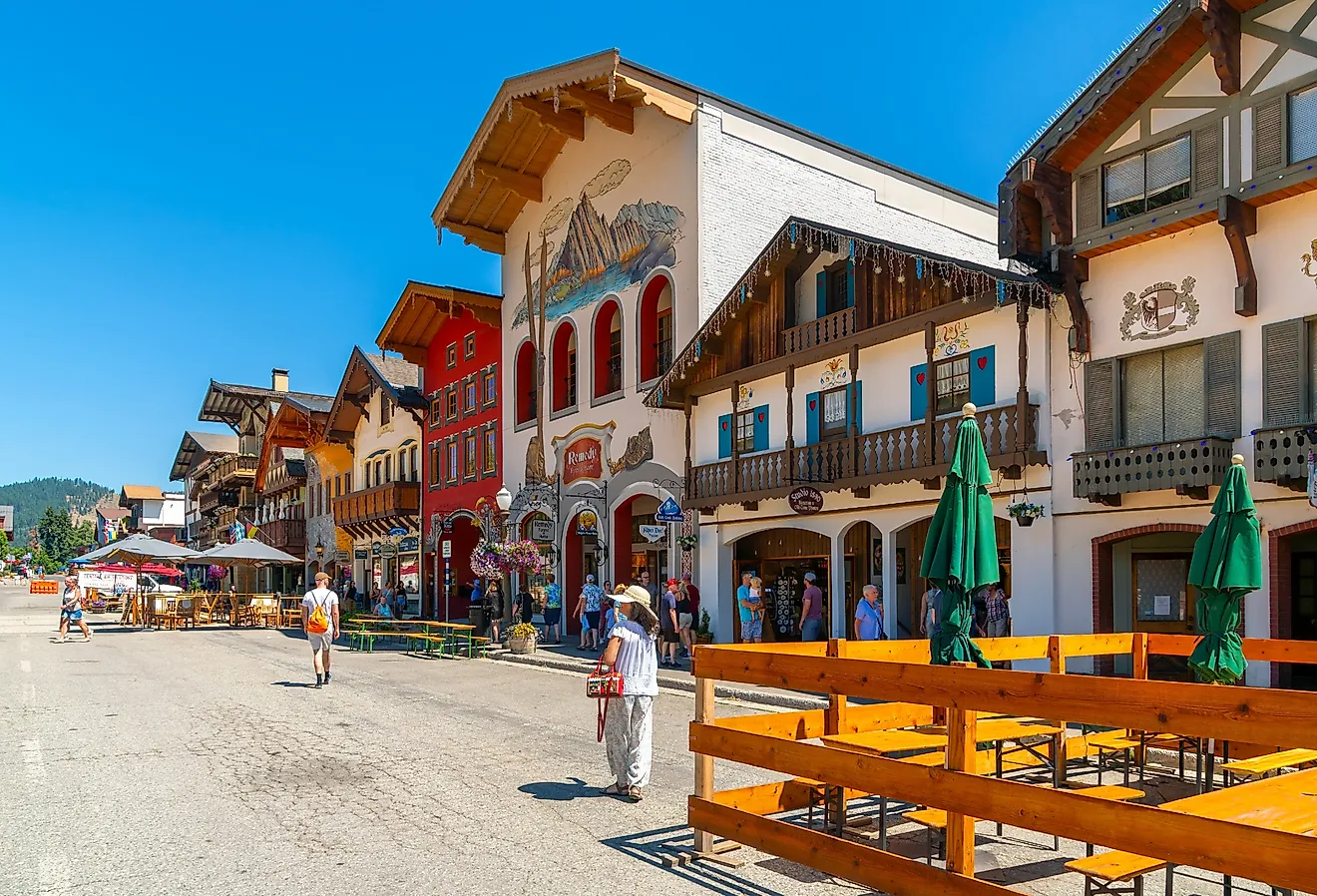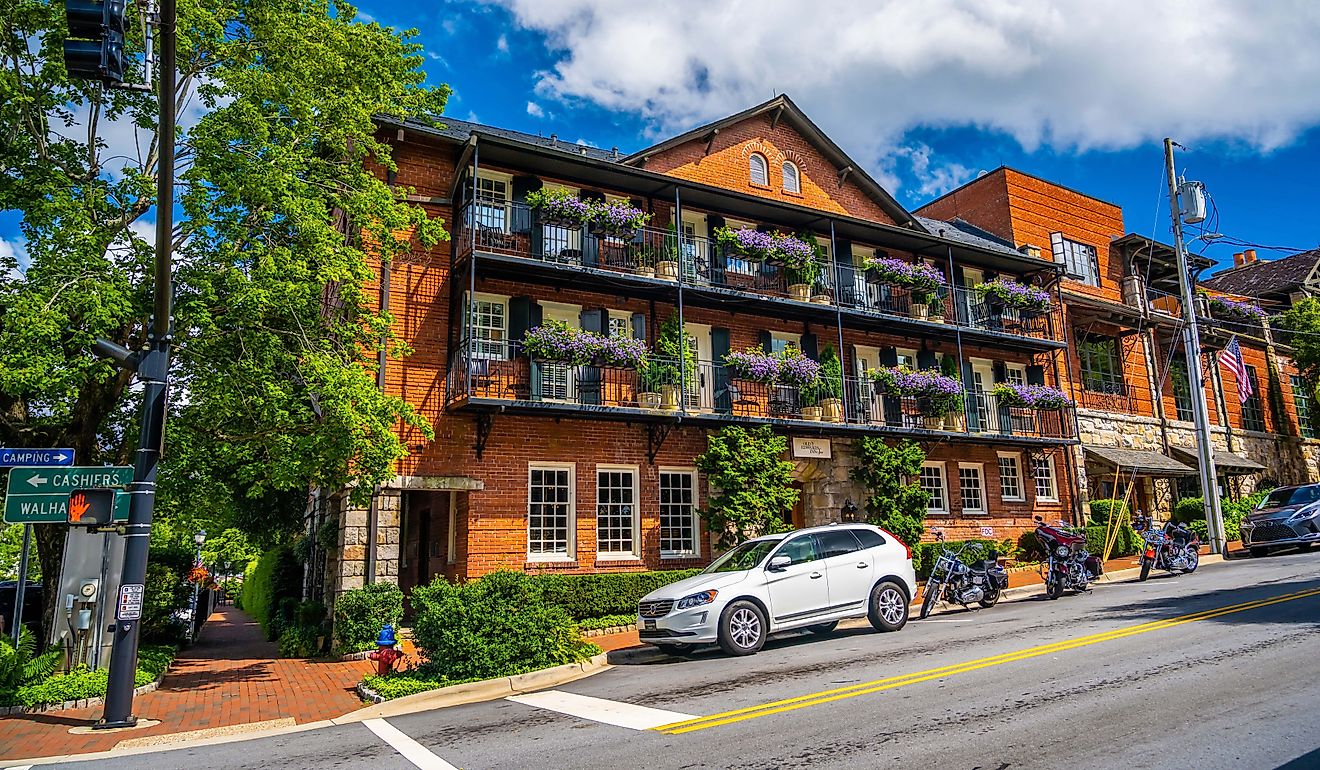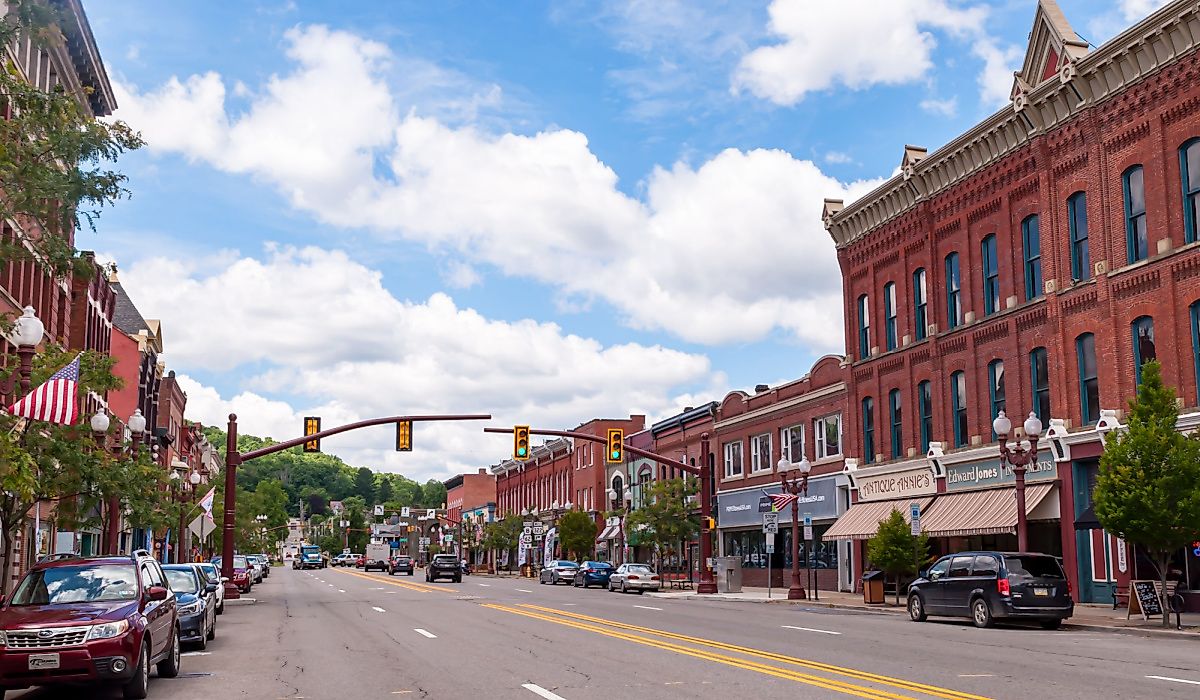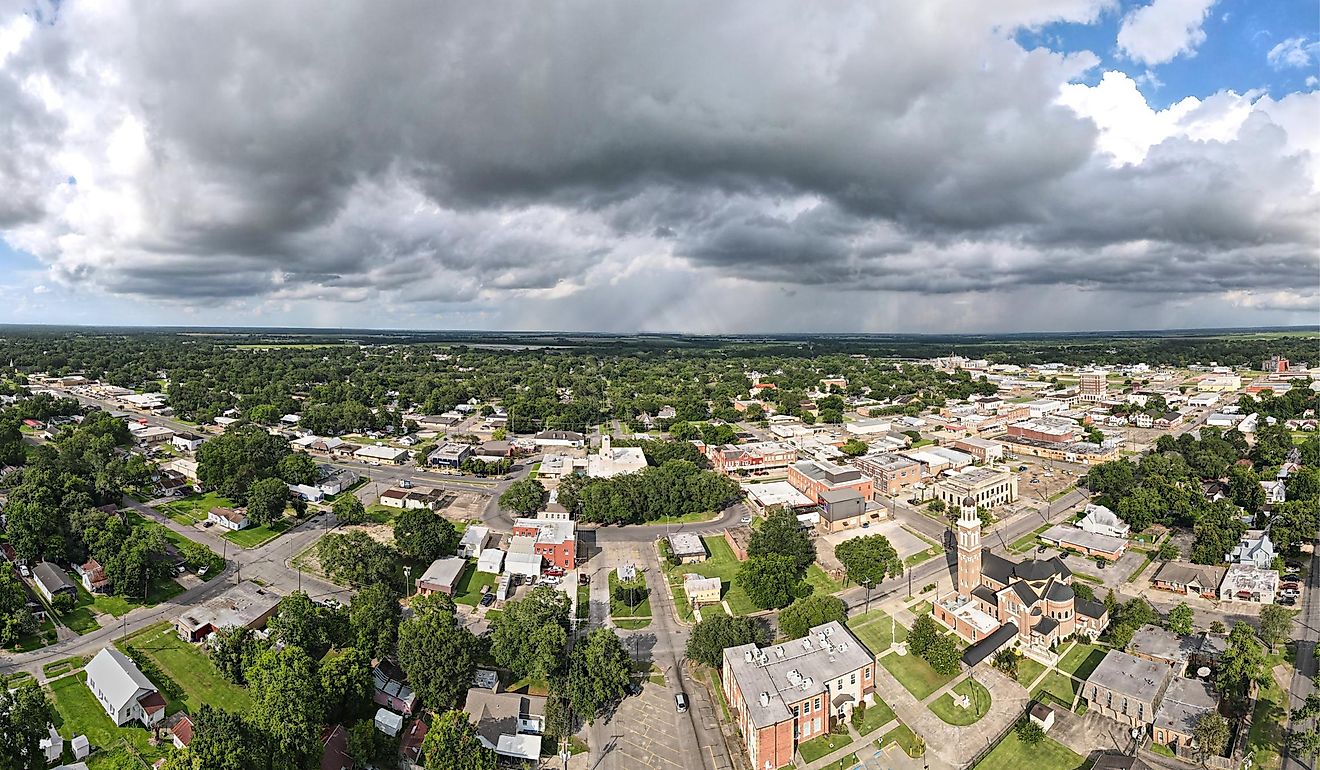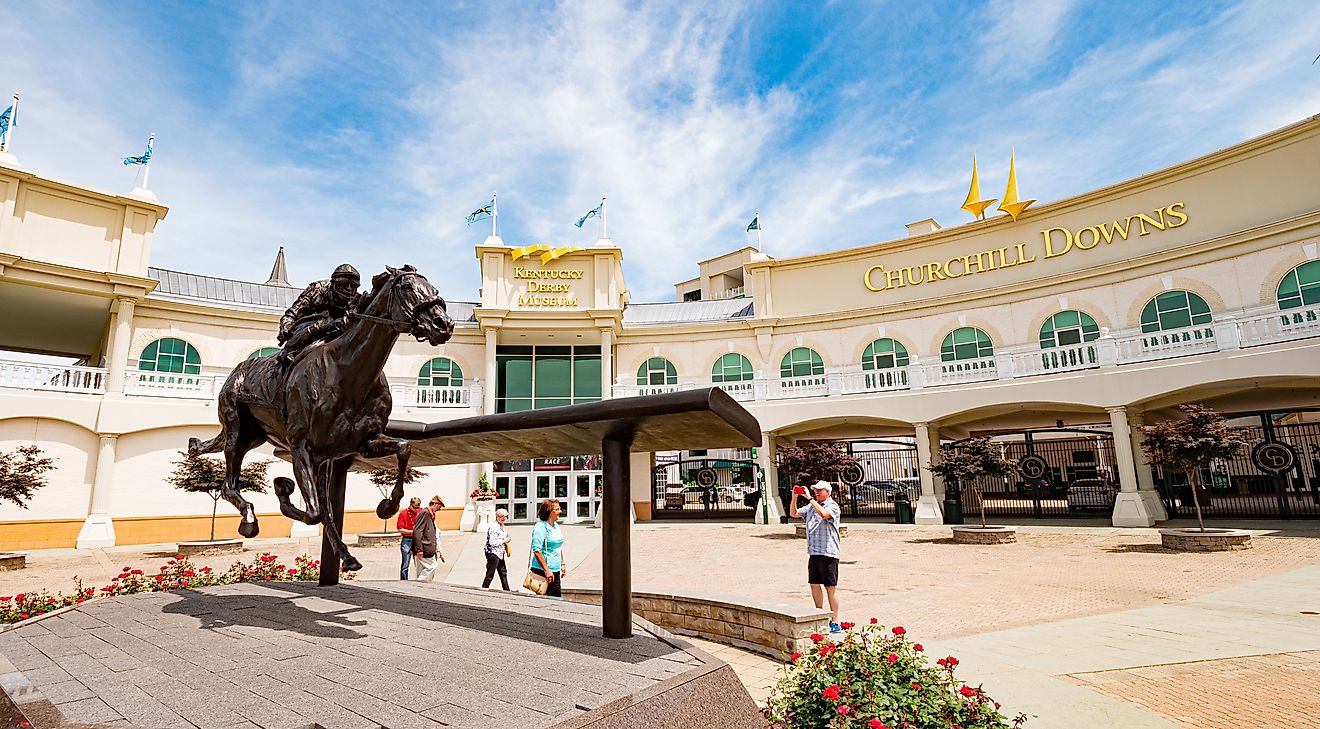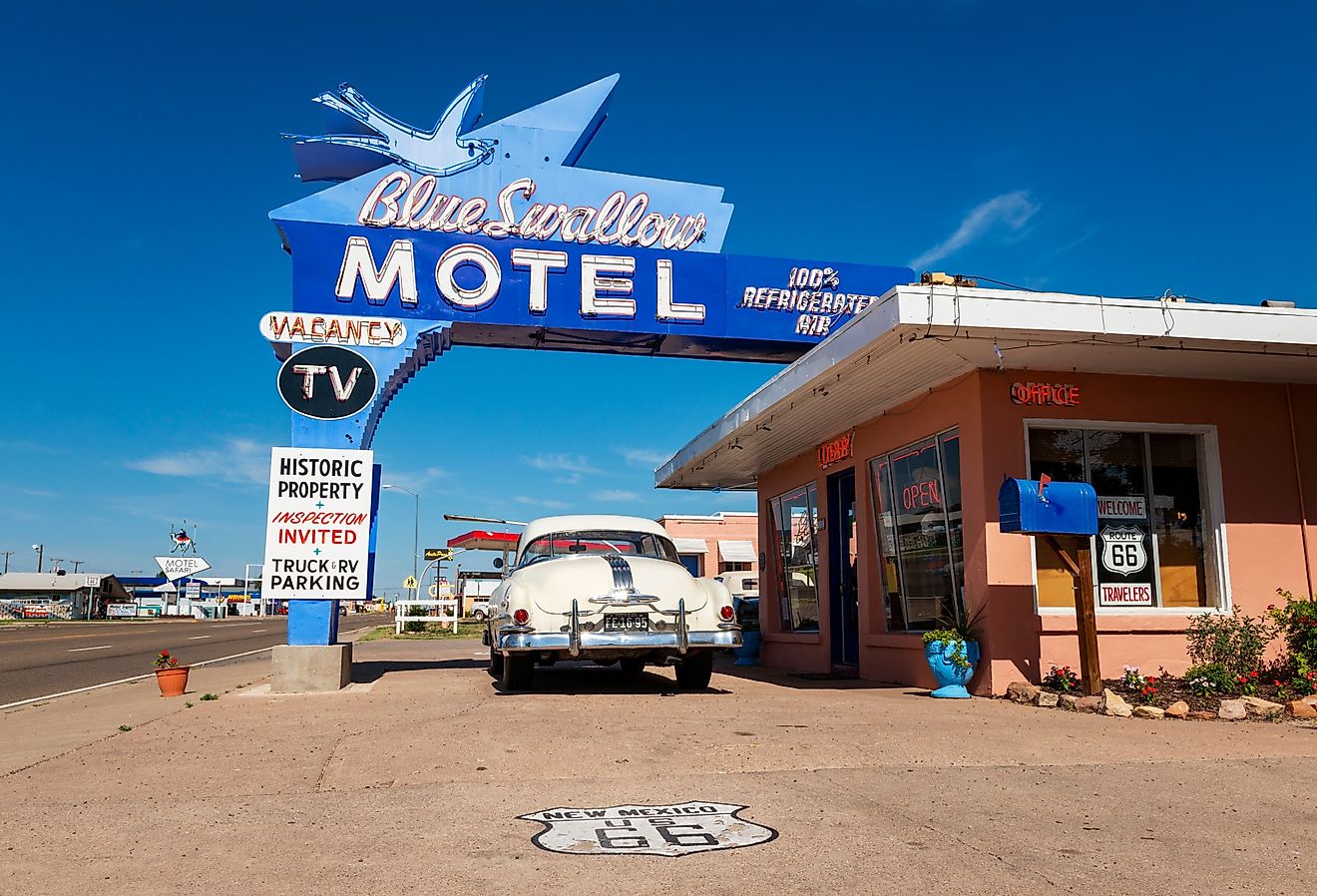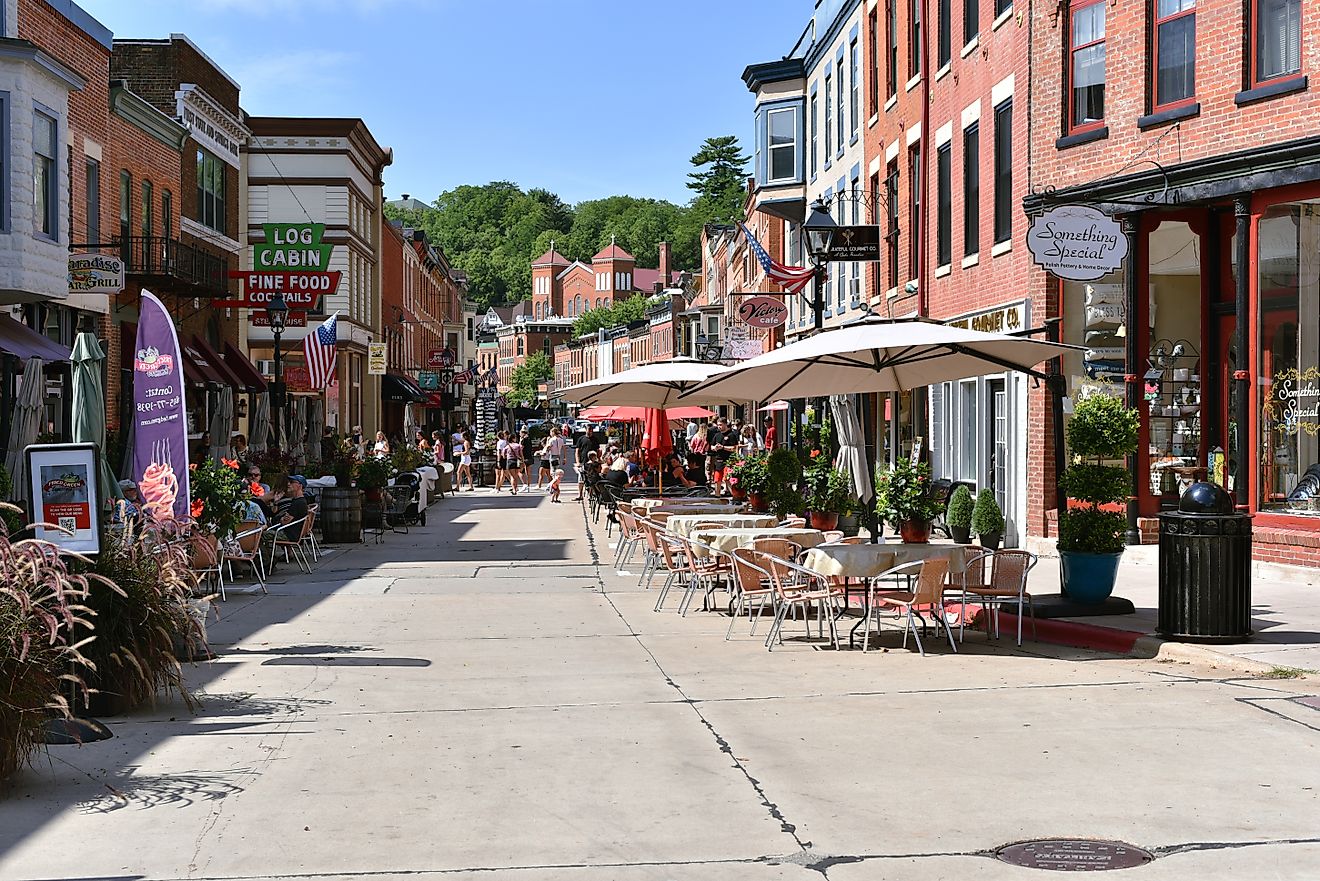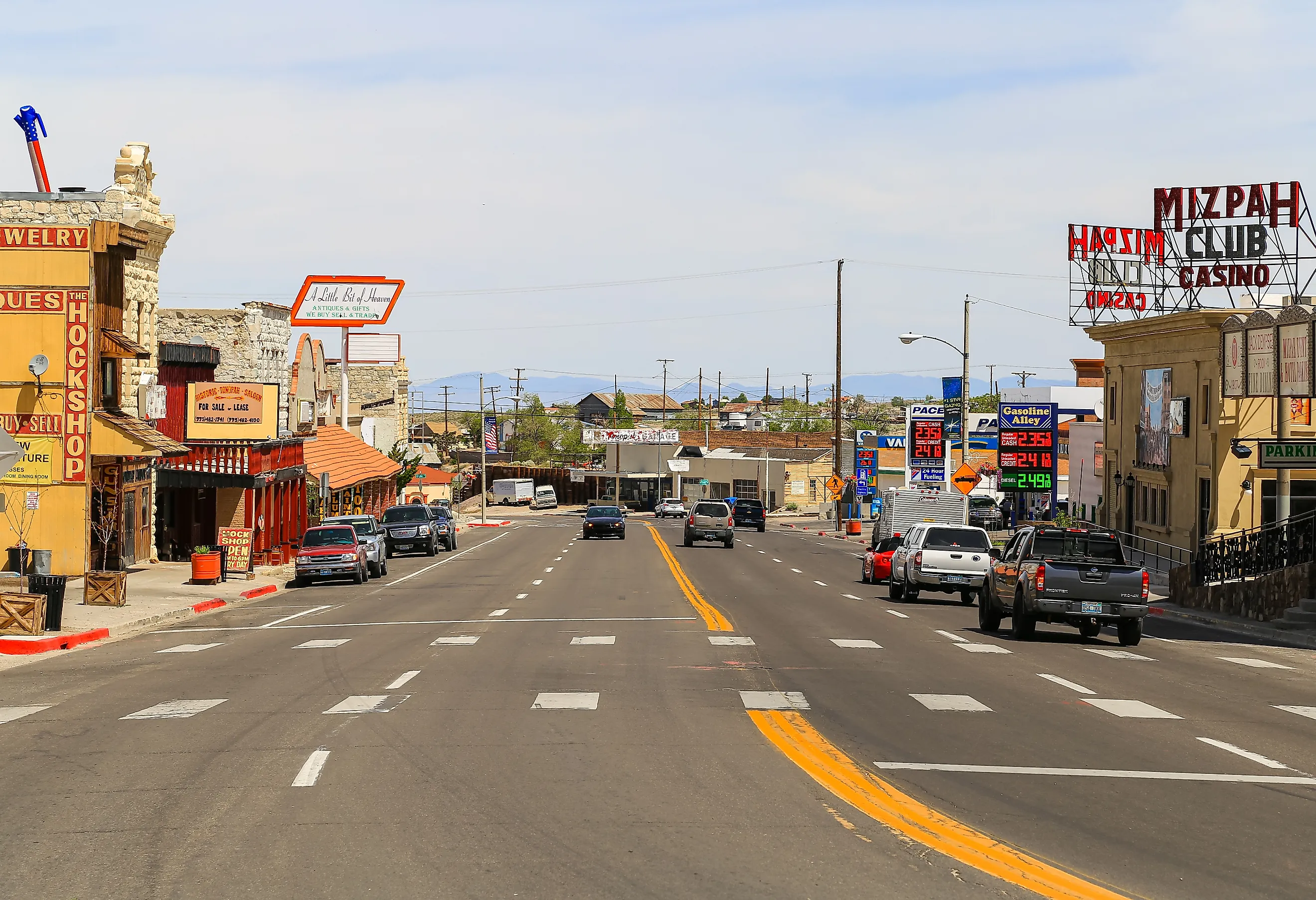
6 Main Streets Where Nevada Comes Alive
Nowhere else in the country can tell the story of the American West quite like Nevada's small towns. The best of these tight-knit communities have worked hard to preserve their past, especially along their old main streets. Stepping onto these old thoroughfares that still echo with the footsteps of the miners, the pioneers, and the dreamers who shaped the Silver State is like stepping into the past
Venture beyond the neon glow of Las Vegas and the glitz of Reno, and you’ll find authentic frontier communities that reveal the genuine character of Nevada's enduring Old West spirit. Join us as we take a wander down these six main streets where Nevada comes alive with unique experiences and endless possibilities for fun.
Virginia City
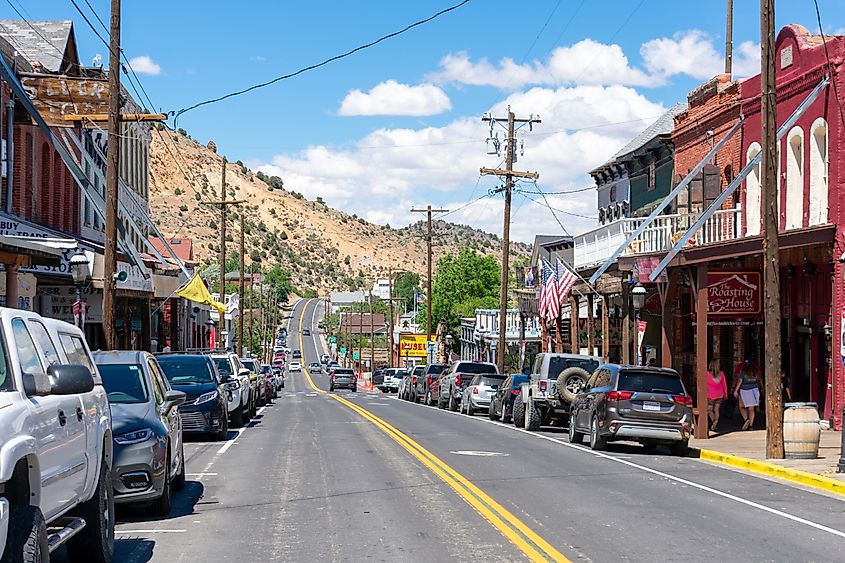
A former frontier boomtown, Virginia City sits on the slopes of Mount Davidson, its wooden boardwalks and false-front buildings creating one of the West's most authentic historic main streets. Here, the action takes place along legendary C Street, the scene of so much activity since the 1859 discovery of the Comstock Lode, a rich seam of precious metals that eventually yielded over $400 million in silver and gold ore. This epic find led to the town quickly becoming a hub for miners, merchants, and money as word spread of the find.
Fast forward to today, and C Street comes alive as the heart of the Virginia City Historic District. Boasting more than 100 buildings dating from the 1860s and 1870s, highlights include the Bucket of Blood Saloon, established in 1876 and still serving drinks amongst period fixtures and a collection of mining artifacts; and The Red Dog Saloon, another C Street institution with its original 1860s bar. After all that drinking, you can spend time repenting at St. Mary in the Mountains, built in 1868 and Nevada's oldest Catholic church, with hand-carved pews and stained vintage glass windows.
The Fourth Ward School Museum is another reminder from this period. Built in 1876 and one of four ward schools erected during the mining boom, this four-story Second Empire structure now houses exhibits on mining, Victorian-era education, and Mark Twain's tenure at the Territorial Enterprise newspaper.
Tonopah
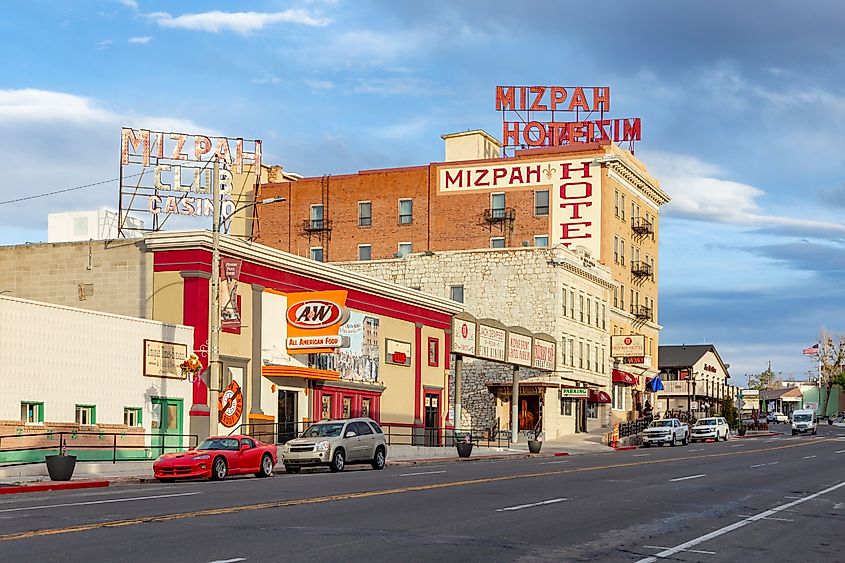
Tonopah’s Main Street is lined with early 20th-century buildings that recall its days as Nevada's last great silver boomtown. According to local lore, silver was discovered here in 1900 after a prospector rounded up a wayward burro, and the subsequent rush created a town that produced an impressive $150 million in silver and gold by 1921. Its importance is reflected in the fact that Tonopah's main drag received National Main Street Accreditation in 2025, with notable structures like the Mizpah Hotel, completed in 1908 after three years of construction, cementing the deal. Best of all, you can still stay at this preserved hotel and enjoy a drink at the original mahogany bar.
You can learn more about Tonopah’s lively past at the Central Nevada Museum at the east end of Main Street. In addition to sharing tales of the region's mining heritage through exhibits of original mining equipment, old period photographs help provide a gripping account of this exciting period of time. The Tonopah Historic Mining Park is also worth seeing and features original mine head frames, hoist houses, and underground workings that you can explore on self-guided tours.
Eureka
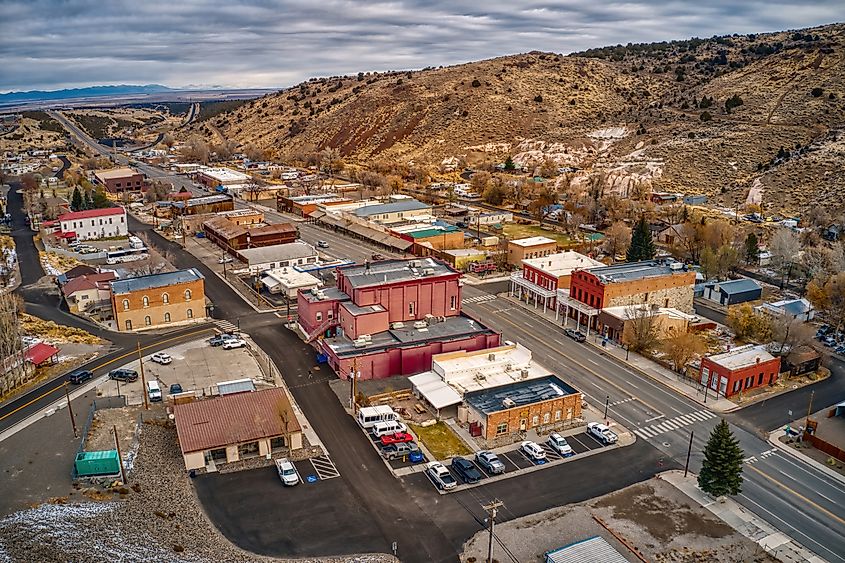
Said to be the "Friendliest Town on the Loneliest Road," Eureka was founded in 1864 when prospectors discovered silver deposits on nearby Prospect Peak. Growth was so rapid that by 1878, some 16 smelters had been built to handle ore from over 100 mines, earning the town the nickname of the "Pittsburgh of the West." Eureka Main Street is endless fun to explore, its original brick buildings creating an exceptionally intact 19th-century commercial district. Must-sees include the Eureka Opera House, built in 1880 and fully restored in 1993, with performances still bringing the place to life on its original stage.
The Eureka Sentinel Museum occupies the town’s original 1879 newspaper building, preserving the complete pressroom with its old press still operational for demonstrations. Other intact highlights include the Jackson House Hotel, still providing accommodations in the original building from 1877 (complete with ghosts!). The Eureka County Courthouse, constructed in 1879, features Second Empire architecture with its distinctive mansard roof and still handles government business.
Ely
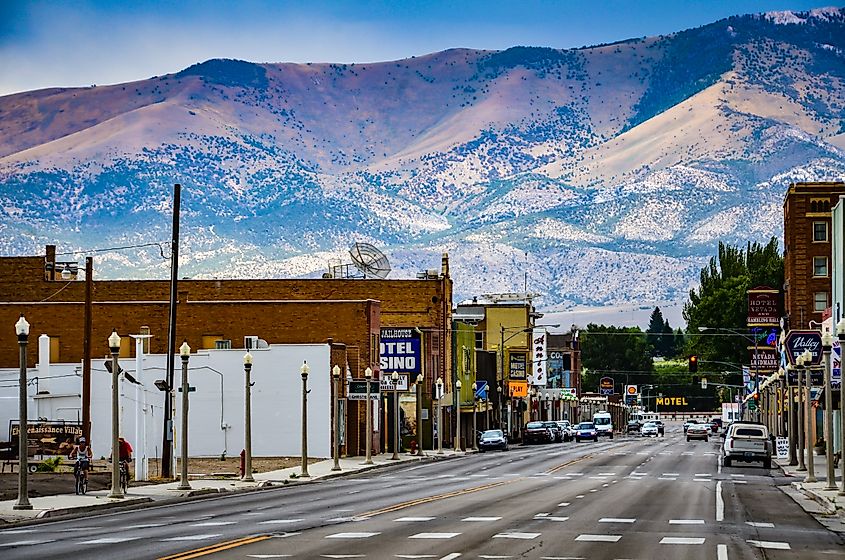
Considered the gateway to Great Basin National Park, 65 miles to the east, Ely’s Steptoe Valley location saw it tap into a different resource: copper. While gold was the initial source of prosperity here, the discovery of massive copper deposits in 1906 created a more reliable source of revenue and employment that continues to this day. You can witness this legacy firsthand at the six-story Hotel Nevada & Gambling Hall, opened in 1929 and famous as Nevada's tallest building until 1931 (it was also the state's first fireproof structure). Book a stay to see the hotel’s original copper-clad elevator and mosaic tile floors and try your luck at some of the old-time tables and slots.
The town really comes alive, though, at the Nevada Northern Railway Museum. Operating out of the town’s 1906 railroad complex, this heritage railway features both steam and diesel excursions on authentic rolling stock, along with opportunities to see the original machine shops, roundhouse, and depot. For a dash of additional fun, its popular Haunted Ghost Train runs October weekends, while December brings the Polar Express complete with hot chocolate and treats.
Gardnerville

Situated in Carson Valley beneath the Sierra Nevada, Gardnerville developed as an agricultural center serving Basque sheep ranchers and Danish farmers who settled the area. Highway 395 serves as Gardnerville's Main Street, and it’s a fun and lively main drag. Here, the JT Basque Bar & Dining Room has operated since 1960 in a building that’s even older (it was constructed in 1896), serving hearty Basque dinners at communal tables. Sharkey's Casino is also fun and occupies the 1906 Farmers Bank building (make a reservation for the original vault, now a cool dining alcove).
Other notable Gardnerville attractions include Heritage Park Gardens, which has community gardens, a life-sized chessboard, and Hellwinkel House, which was built in 1910. Perhaps the liveliest time to visit, though, is when the town hosts its Movies in the Park summer Fridays and Third Thursday Wine Walk program from May through September. The latter lively event sees Main Street closed to traffic as residents and visitors alike celebrate local vintages.
Genoa
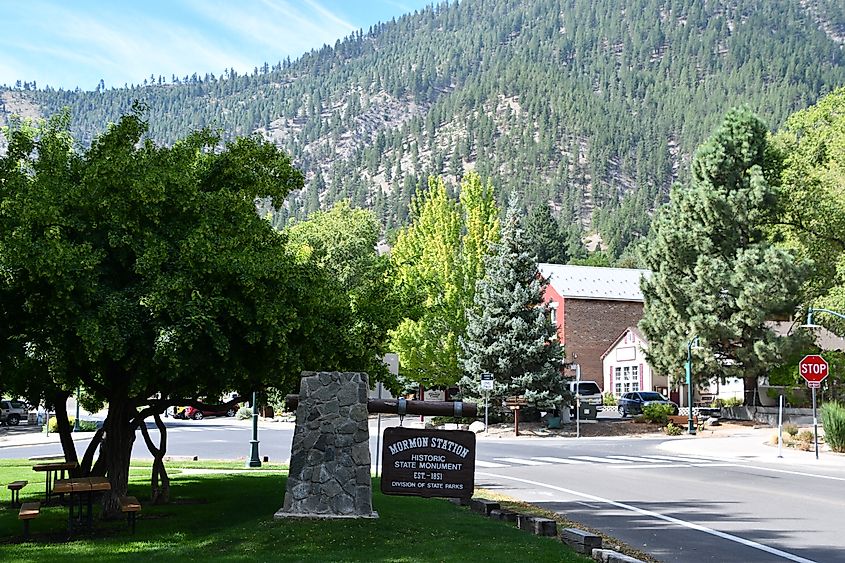
Nevada's first permanent settlement, Genoa’s Main Street, is unique among the towns on this list as many of the buildings here date from early territorial days when it briefly served as the state capital. Mormon pioneers had established a trading post here in 1851. Originally called Mormon Station, it served emigrants on the California Trail, eventually changing its name to Genoa in 1856 after the Italian city. Today, Main Street passes directly through the Genoa Historic District, an area of close to 130 acres of well-preserved Victorian-era architecture.
Highlights include the Genoa Bar and Saloon, Nevada's oldest continuously operating saloon, established in 1853 and still using its original counters (it also boasts a collection of bras donated by patrons, a tradition dating to the 1960s… so come prepared). Mormon Station State Historic Park is another blast from the past. It features a replica of the original 1851 trading post fort, reconstructed in 1947, with exhibits on emigrant trails and early settlement.
The Final Word
If you’re seeking a genuine Old West frontier town experience, you couldn’t do much better than visit one (or even all) of these Nevada main streets. From Virginia City's old wooden boardwalks to Genoa's remarkably preserved historic district, these six heritage corridors continue to be the very lifeblood of the towns they serve. To learn more about this amazing state’s history, its culture, and its people, these six Main Streets are where Nevada truly comes alive.
